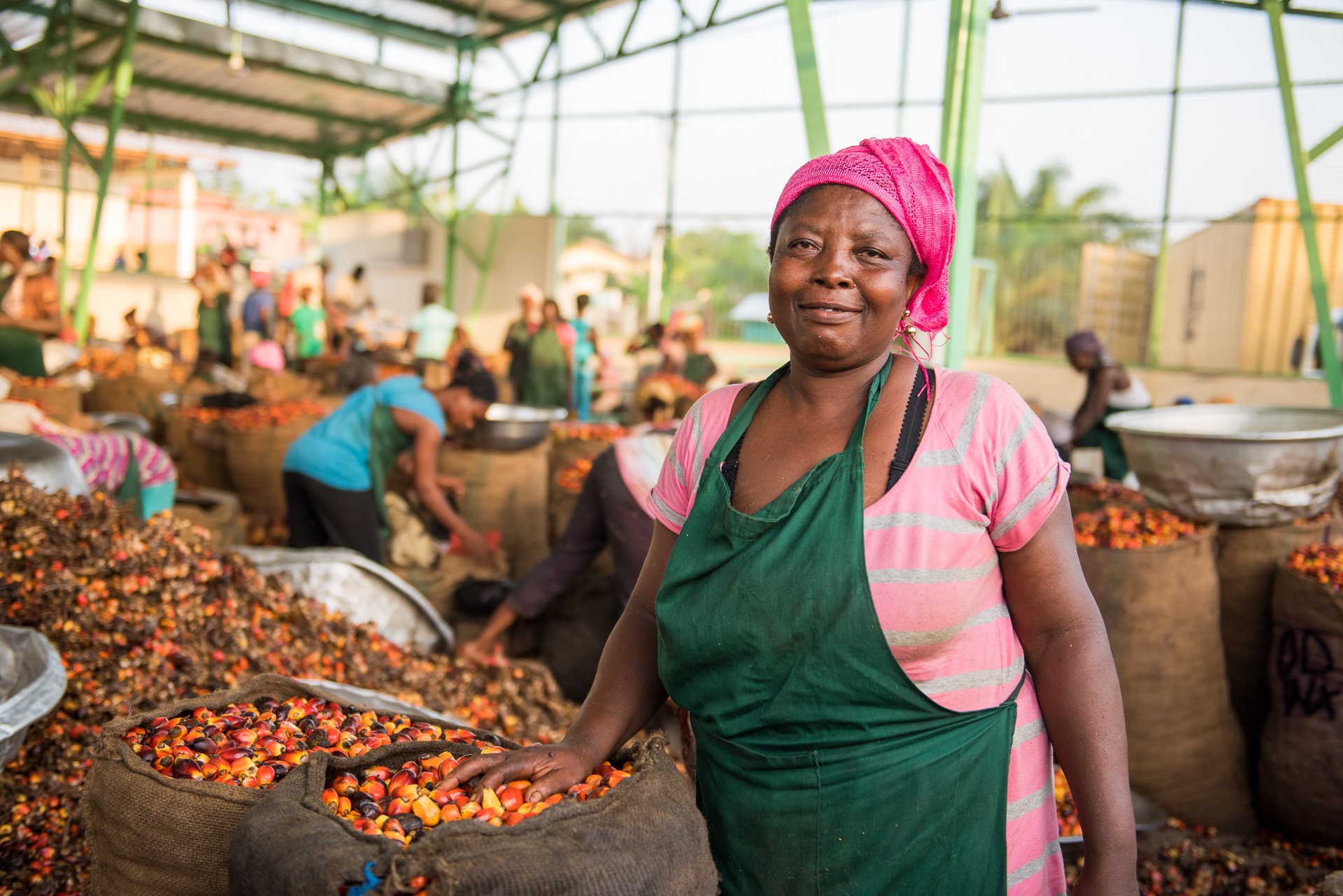Soapmaking the
Dr. Bronner’s way
Soaps have been made for millennia. Alongside making fire and cooking food, turning oils and fats into soap is one of the oldest and simplest chemical reactions known to humankind. It is believed that the first soaps were accidentally made by fat dripping into the ashes of cooking fires.
Soap is made by saponifying a fat or oil with an alkali. A fat or oil is a triglyceride, which means that three fatty acids of various carbon lengths are attached to a glycerin backbone. The alkali is either sodium hydroxide (lye) for bars or potassium hydroxide (potash) for liquids. Alkali is made by running electricity through salt water.
The saponification process is a simple one-step reaction with no waste generated: the glycerin is split off from the fatty acids, and the fatty acids combine with the sodium or potassium to form soap, while the hydroxide forms water. The result is soap, glycerin and water (no alkali remains in our soaps).

Unlike most commercial soapmakers, who distill the glycerin out of their soaps to sell separately, we retain it in our soaps for its superb moisturizing qualities. We super-fat our bar soaps for a milder, smoother lather and use natural vitamin E from and citric acid (both from non-GMO sources) to protect freshness. We do not add any chelating agents, dyes, whiteners, or synthetic fragrances— only the purest certified organic essential oils.

